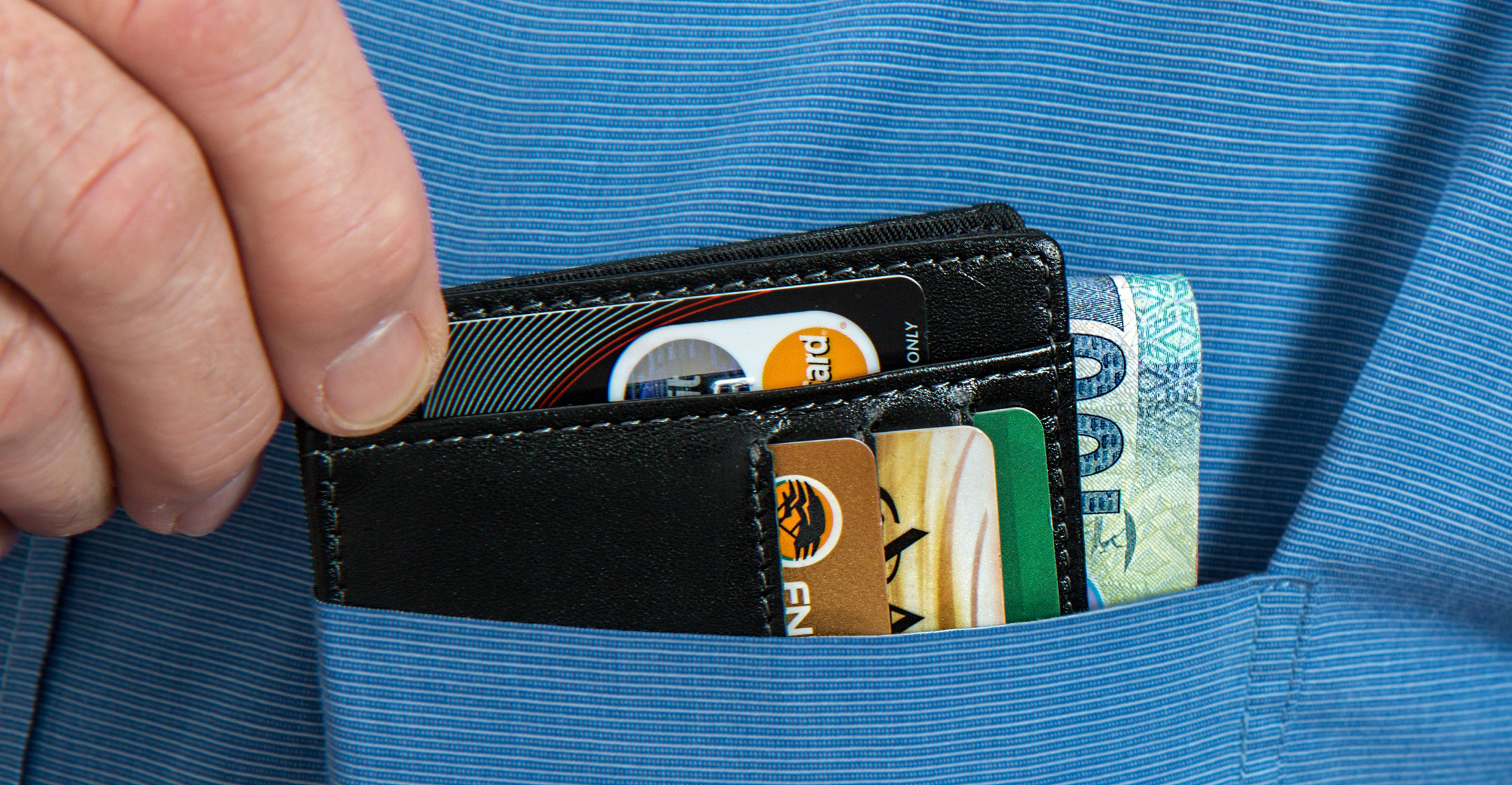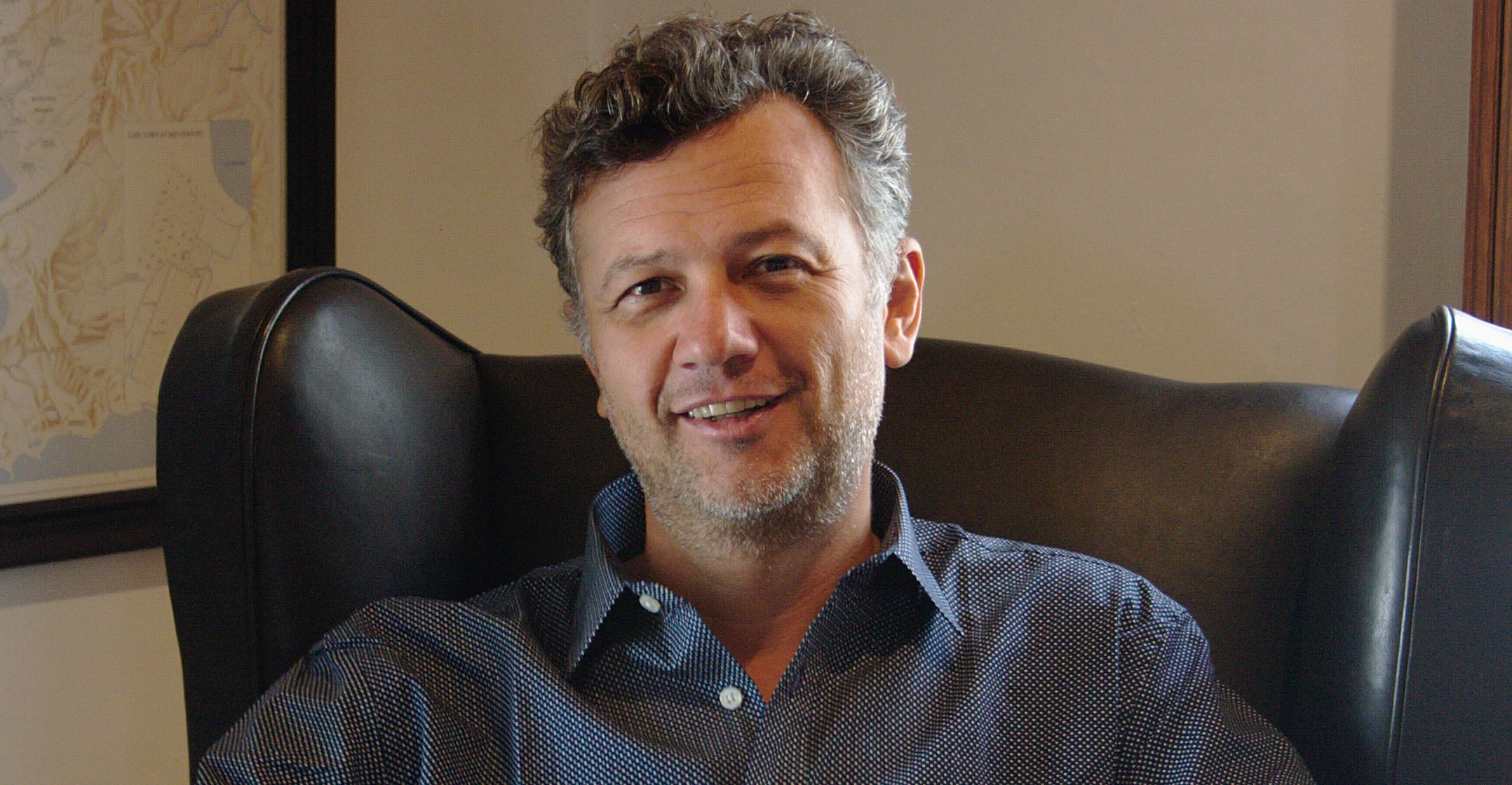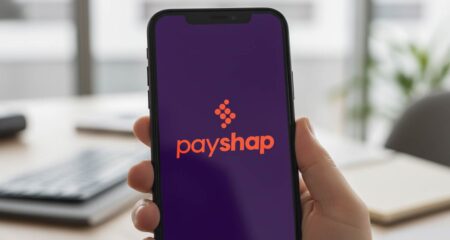
From free burgers and ride-hailing services to hip-hop concerts and discounted petrol: South African banks are going all out to win customers as competition hots up.
The biggest lenders are facing an onslaught of entrants for the first time in 12 years. They’re responding before the newcomers find their feet by pushing loyalty programmes, revamping digital offerings for technology-savvy millennials, targeting existing customers with extra products and services, and cutting fees.
The challengers — some of whose founders or senior staff cut their teeth in the banks they’re now up against — couldn’t be coming at a worse time. Most lenders are reducing costs, retrenching staff and closing branches to cope with an economy that hasn’t expanded above 2%/year since 2013 and a move toward the increased use of digital services. Tax increases, higher utility costs and stubbornly high unemployment are squeezing consumers, who are not only looking to cut their expenses but also want more convenience.
“Banks are becoming more client-centred — many new players are entering the space offering a basic banking account at competitive prices, so they have to create stronger relationships with existing clients,” said Nolwandle Mthombeni, an analyst at Mergence Investment Managers in Cape Town. “Technology has become the biggest expense item for some of the incumbents as they try to compete with new entrants that don’t have any legacy systems.”
First National Bank, Standard Bank, Absa and Nedbank are using credit as their biggest leverage over new contenders, according to Jan Meintjes, a portfolio manager at Denker Capital.
Central bank data shows that term loans jumped almost 15% in the 12 months through February after contracting the prior two years, while the value of credit card debt increased 9.2% from 4.7% a year earlier, after shrinking in 2017.
Different approaches
Lenders are turning to different approaches to snag customers. Nedbank got local rapper Ginger Trill to launch an offering that gives university students a cheap account, credit card facility, as well as fast-food restaurant and ride-hailing vouchers. It also added a digital personal assistant and concierge offering to its app that links to a network of 350 000 product and service providers.
“We’re trying to amplify our brand’s resonance,” said managing executive for consumer banking Mutsa Chironga. Nedbank, known for targeting affluent customers, also plans to revamp its loyalty programme and digitise its platforms.
FNB tries to get eyeballs to its app by connecting business customers with retail clients, or home buyers to sellers so they can do deals without a realtor. FNB is also digging deep into its client data to find cross-selling opportunities.

“Where we see a transactional relationship with us, but a credit relationship elsewhere, we try to crowd” out competitors, said CEO Jacques Celliers. FNB rewards cardholders filling up at stations owned by Engen, the country’s biggest fuel distributor, through its eBucks programme. “Our growth in insurance and the exciting opportunities we see in investments will be key avenues for growth.”
Bank Zero, co-founded by former FNB CEO Michael Jordaan, plans to start a digital offering later this year that will be among at least five institutions, including Old Mutual and African Bank, taking on traditional banks.
Discovery, South Africa’s largest health insurance administrator, wants to gradually add customers to the bank it recently opened, starting with the 350 000 credit cardholders it shared with FNB through a joint venture that ended last year.
The company plans to tap into the 4.4 million lives it reaches through insurance, wealth management and its Vitality loyalty programme. The bank will follow the same concept as Vitality, which rewards clients who eat healthily and exercise with discounts on flights, gym and meals or Apple Watches at a fraction of the price if they meet fitness targets.
“They’re going to make an impact,” said Meintjes of Denker Capital in Cape Town. “Whether they’re going to make money is a separate question.”
Billionaire Patrice Motsepe’s TymeBank, which uses kiosks in Pick n Pay’s grocery outlets to open accounts with no monthly fees, signed up 210 000 clients within two months.
The Capitec lesson
To break even, the lender will need two million. To get this done, it’s sending mobile teams and a portable kiosk to transport hubs, university campuses and big employers — a throwback to a technique Absa used in the early 2000s to reach rural customers with briefcases packed with equipment able to sign people on.
The Big Four know the price of ignoring the competition. Capitec Bank started as an unsecured lender in 2001 to grow to a full-service offering with a market-leading 11.4 million customers.
“It’s only when Capitec started evolving and entering into transactional banking that they saw the threat,” said Mthombeni of Mergence. “Banks are forced to respond differently to competition now.” — Reported by Roxanne Henderson, (c) 2019 Bloomberg LP




